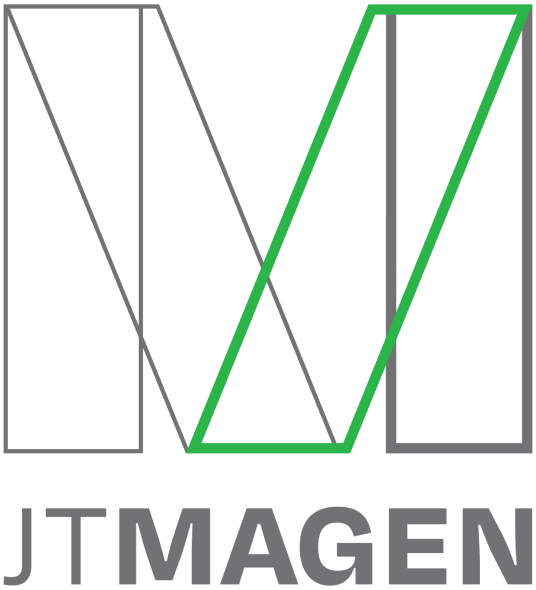While it’s still officially summer for the next week or so, for most of us, summer ended with labor day last week. Of course, I’m not complaining about the weather outside, but my prediction for this Fall is a cloudy one, referring, of course to cloud computing and how it’s affecting IT as we know and use it. Cloud is everywhere, and every business that does not use cloud needs to start seriously considering it.
Those of us in the northeast vividly remember what happened right around this time the past two years: Hurricanes Irene and Sandy. We don’t know what’s in store for 2013 and all need to be prepared. Don’t wait until the news starts predicting a storm and there is a run on everything at the stores. For business owners or IT staff, be ready for whatever mother nature may bring. Off-site backup, disaster recovery/continuity, and cloud are all great solutions, but none of them can be implemented overnight. I’m proud to say that many of our clients did have these protections in place, and despite power outages and facility damage, their systems were not affected by Sandy. Don’t wait until it’s too late.
Going to "the cloud"
Everyone has heard about the cloud, yet most people don’t understand what cloud computing actually means. In the simplest form, going to “the cloud” means taking an application (such as email, financials, or CRM) and outsourcing it, so the entire system lives with someone else, outside of your network, so you simply use it through an internet connection. Rather than own the system, you pay a recurring fee which includes use, support, maintenance, etc. Kind of like how we pay the local utility for electric service rather than generate it ourselves.
The concept of cloud is nothing new, it’s been around for over 20 years under terms like Application Service Provider, Utility Computing, and Software as a Service. What is new is that “cloud” applications, which used to be slow, expensive, and have limited functionality, can now be very fast, functional, and cheap. This comes from not only constant innovation but also faster internet connections, new web technologies, and better smartphones. All of this has not only made cloud perform on par with desktop applications, but in many cases going cloud adds features and security and is significantly less expensive than the old way of buying servers and software licensing and all the maintenance fees that go along with it. In some cases, Cloud now makes so much sense that it’s a no brainer.
There are many inherent advantages to cloud applications, but there are also some disadvantages. First and foremost is not how the application is delivered (cloud or on premise) but what it actually does. For example, there are several cloud based business accounting systems, but none of them seem to have the simplicity and features of Quickbooks (even Quickbooks Online doesn’t compare to Quickbooks). The same holds true for ERP systems, but often it is possible to get the best of both worlds.
There’s much more to know about the cloud than I can fit in this blog post. We are hosting a Touch the Cloud event on Thursday, October 10th, at 9:00 am at our New York Datacenter. Industry experts will explain what the cloud means to small businesses. Enjoy breakfast while learning strengths and weaknesses of the cloud, common mistakes to avoid, and much more. Additionally, you’ll have the opportunity to tour one of New York’s leading co-location facilities and see what’s behind the cloud. Space is limited. More information and registration are at http://tabushcloud.eventbrite.com.








